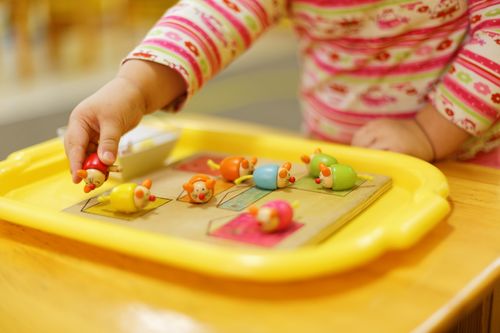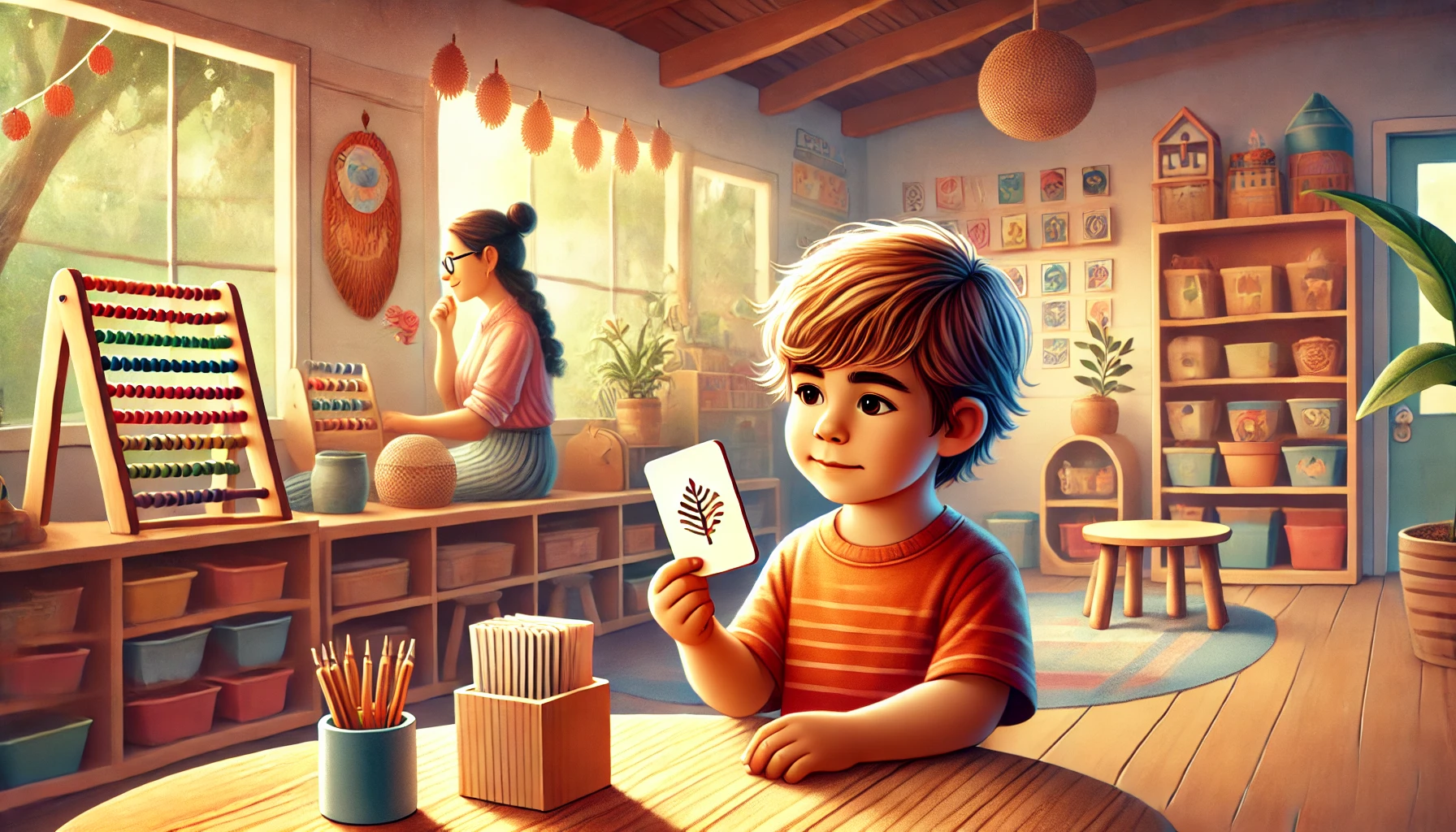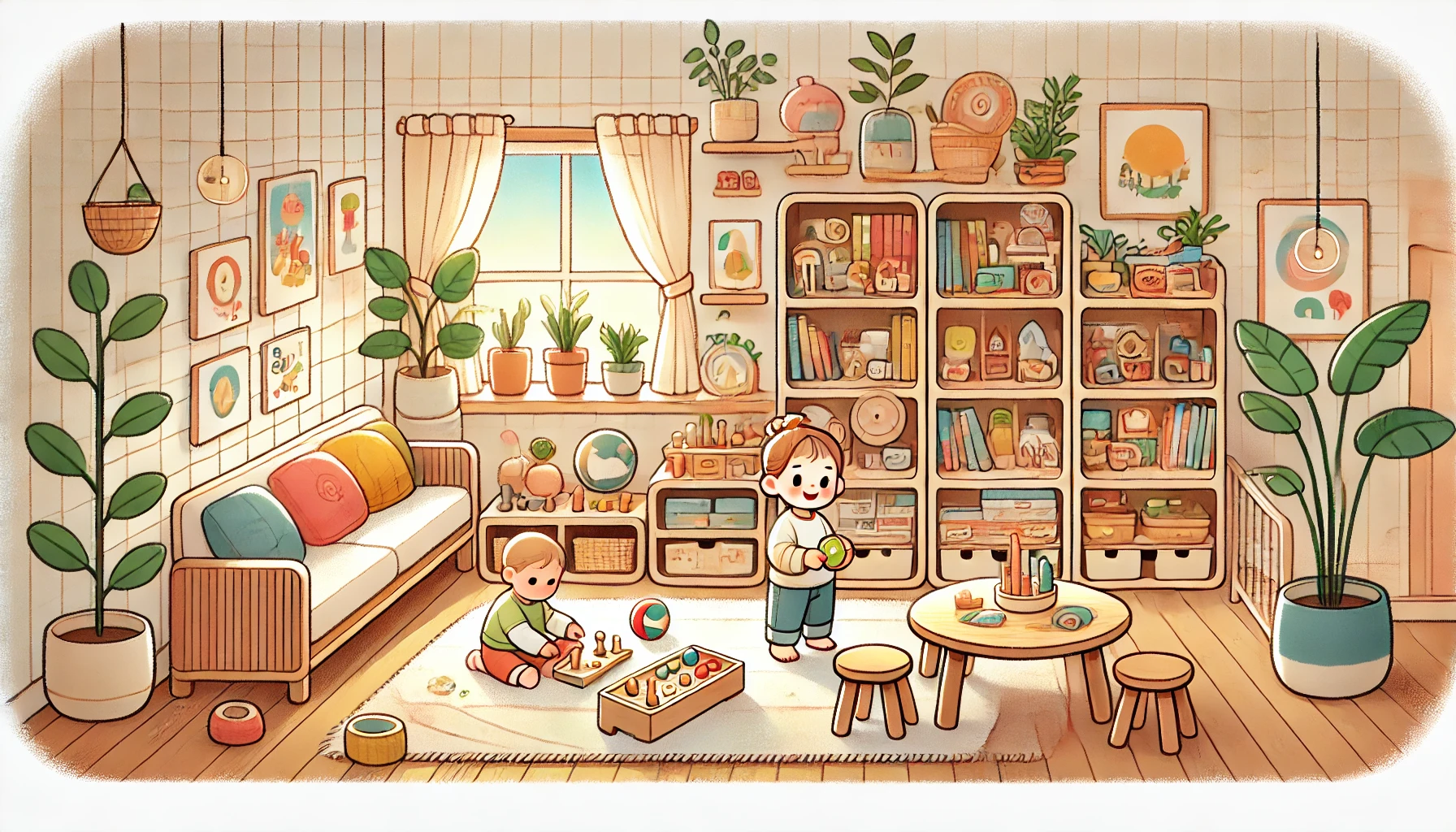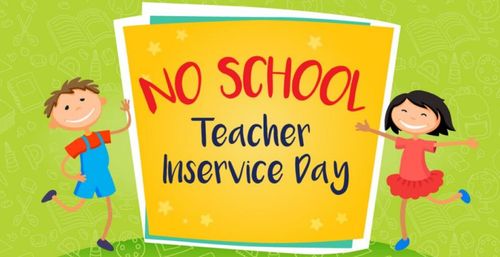
Understanding Montessori Materials: How They Help Language Acquisition in Mandarin and English
Montessori education is well-known for its hands-on, child-centered approach to learning, particularly when it comes to language acquisition. In a bilingual environment, such as at Language Garden Montessori, children can explore language in both Mandarin and English through carefully designed Montessori materials. These materials are not just teaching tools but essential components that support language development in a natural and engaging way. Let's look at how specific Montessori materials help children acquire language skills in both languages.
1. Sandpaper Letters and Characters: Building a Strong Foundation
Montessori's famous sandpaper letters and characters are fundamental for young learners just beginning to recognize symbols and sounds. In a bilingual setting, children are introduced to both the English alphabet and Chinese characters through these tactile materials.
The rough texture of the sandpaper provides a sensory experience that helps children connect the symbol they are tracing with the corresponding sound. In English, they trace the letters while saying the phonetic sounds, building their phonemic awareness. For Mandarin, children trace the Chinese characters, practicing the correct stroke order while hearing the word in Mandarin. This multi-sensory approach reinforces the shapes, sounds, and meanings of words in both languages.
2. Moveable Alphabet and Chinese Character Cards: Encouraging Language Creation
The moveable alphabet is a set of wooden or plastic letters that children can manipulate to form words. This material supports early writing and spelling by allowing children to experiment with language even before their fine motor skills are fully developed. In a bilingual classroom, children can use the English moveable alphabet alongside Chinese character cards to create simple words and sentences in both languages.
For example, children might arrange English letters to spell "cat" and then use the corresponding Chinese character card for "猫 (māo)." This type of activity encourages language creation and helps children understand that concepts can be expressed differently in Mandarin and English, broadening their linguistic flexibility.
3. Object and Word Matching: Expanding Vocabulary in Two Languages
Object and word matching is another powerful tool used in Montessori classrooms to support vocabulary development. In a bilingual setting, children are presented with small objects (like miniature animals or everyday items) along with matching word cards in both Mandarin and English. For example, a child might match a toy apple with both the English word "apple" and the Mandarin word "苹果 (píng guǒ)."
This activity helps children associate objects with words in both languages, expanding their vocabulary and strengthening their ability to switch between Mandarin and English. It also helps them develop a mental database of language concepts in both languages, which is crucial for fluency later on.
4. Storytelling and Reading Materials: Immersing Children in Bilingual Literature
Montessori classrooms are filled with books and storytelling opportunities. In a bilingual Montessori environment, children have access to literature in both Mandarin and English. This includes picture books, storybooks, and simple readers that cater to their developmental stage in each language.
By engaging with stories in Mandarin and English, children develop listening comprehension and narrative skills in both languages. Teachers read stories aloud in each language, helping children hear the rhythm, structure, and pronunciation of Mandarin and English. Over time, children begin to retell the stories themselves, building confidence in speaking and understanding each language.
Language Nomenclature Cards: Deepening Cultural and Language Connections
Nomenclature cards introduce children to new concepts and expand their vocabulary. In a bilingual setting, these cards come in Mandarin and English, often featuring matching images to reinforce understanding. These cards can cover various topics, from animals and plants to transportation and geography.
For example, children might learn the names of different animals using nomenclature cards that display both the English word "elephant" and the Chinese character "大象 (dà xiàng)." This helps children make connections between the two languages and understand that, while different, both languages can describe the same concept.
5. Practical Life Activities: Language in Context
Montessori emphasizes learning through real-life experiences, which is why Practical Life activities are integral to the curriculum. In a bilingual classroom, these everyday tasks—pouring water, buttoning shirts, or preparing snacks—are carried out in both languages. Teachers give instructions in both Mandarin and English, helping children acquire practical vocabulary in context.
Children naturally absorb language related to their daily activities through repetition and routine. For instance, when learning to pour water, they might hear "pour the water" in English and "倒水 (dào shuǐ)" in Mandarin. This immersive, real-world language practice makes learning both natural and relevant to their everyday lives.
The Montessori Approach to Language: A Holistic Bilingual Experience
At Language Garden Montessori, our bilingual Mandarin and English environment nurtures not just academic growth but also cultural understanding and communication skills. The beauty of Montessori materials is that they allow children to learn at their own pace while engaging all their senses. Whether tracing sandpaper letters, matching objects to words, or reading bilingual stories, children build strong foundations in both languages through hands-on experiences.
By using Montessori materials to support language acquisition in Mandarin and English, we ensure that children are learning the mechanics of language and developing a love for learning and a deep appreciation for both cultures. Through this holistic approach, we prepare children for a multilingual world where they can confidently navigate and communicate across languages.






























